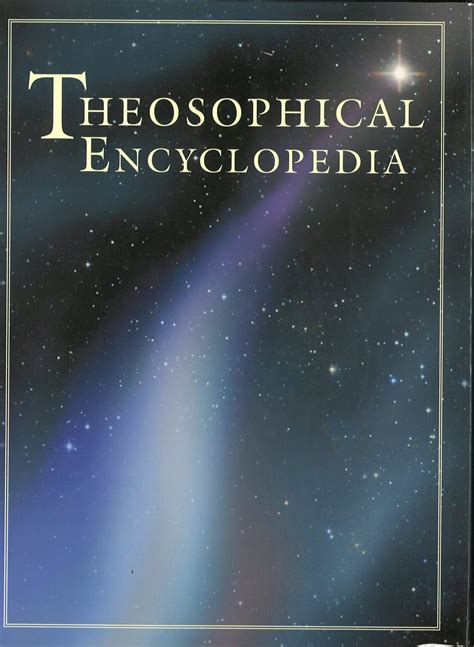Ananda Kentish Coomaraswamy was born in Ceylon in August, 1877, the son of an English lady (Elizabeth Clay Beeby) and a prominent Tamil barrister, Sir Mutu Coomaraswamy. Early in 1879, Elizabeth Coomaraswamy took Ananda to England, where they were to be joined by Sir Mutu later that spring; the reunion never occurred because of the unexpected death of Sir Mutu. Elizabeth Coomaraswamy, with the help of her mother and sister, raised Ananda. At the age of twelve, Ananda entered the preparatory school Wycliffe College in Gloucestershire, which he attended for eight years. He did exceedingly well academically, with a particular interest in classical languages and the sciences. In 1897, he was admitted to University College, London University, where in 1900 he received a B.Sc. with first-class honors.
After relocating to the land of his father, in 1903, Coomaraswamy was appointed Director of the Mineralogical Survey of Ceylon, and his final report for the survey was submitted in 1906, the same year he was awarded the doctorate (D.Sc.) in Geology from London University. His geological interests were eventually supplanted by Ceylon and Ceylonese society, and turned to the culture of the Sinhalese people – particularly their graphic arts, architecture, customs, and religion. This led him to align with the Buddhist revival undertaken by H. S. Olcott and his later (1907) membership in the Theosophical Society. That then became the source of his continuing interest in India’s swadeshimovement [a nationalist movement advocating the use of home-produced materials in industry and the boycott of foreign goods], owing to Annie Besant’s involvement in that cause.
In 1917 Coomaraswamy emigrated to the United States and took a position with the Boston Museum of Fine Arts as curator of the Indian and Asian section. Under his supervision, the Asian section of the museum was built into one of the finest in the West, and his efforts in the acquisition and subsequent exegesis of Eastern hieratic art and artistic motifs never ceased. About 1932, with both a new marriage and baby son, his life began to change into a mode that would remain more or less constant until his death. It was at this point that his considerable intellectual energy and absolute mastery of Latin, Greek, Pali, and Sanskrit – together with several modern European languages – became directed toward the scholarly exposition of traditionalism and the philosophia perennis et universalis. This occupied the central theses of his oeuvre from 1932 until his death in 1947. His legacy to posterity contains approximately 1000 published books, essays, and monographs on traditional arts, dance, culture, philology, religion, iconography, mythology, and the philosophia perennis.
William W. Quinn
 This Theosophical Encyclopedia contains all the articles of the printed Theosophical Encyclopedia published by the Theosophical Publishing House, Manila. In addition, new articles that are not in the printed version are continually being added. Many of the articles are also being updated.
This Theosophical Encyclopedia contains all the articles of the printed Theosophical Encyclopedia published by the Theosophical Publishing House, Manila. In addition, new articles that are not in the printed version are continually being added. Many of the articles are also being updated.